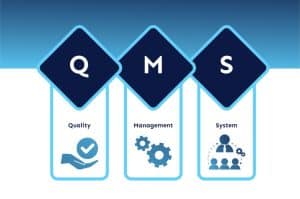Subdividing land is a process that involves dividing a single parcel of land into smaller lots or plots. This practice is commonly undertaken for various reasons, ranging from maximizing land use to accommodating urban growth. In this article, we will delve into the intricacies of subdividing land, exploring its processes, benefits, and important considerations.
Understanding Subdividing Land:
Subdividing land involves legally dividing a large tract of land into smaller sections, each with its own boundaries and legal descriptions. This process is governed by local planning authorities and must adhere to zoning regulations, subdivision ordinances, and other relevant laws.
Key Processes Involved:
- Feasibility Study: Before embarking on the subdivision process, conducting a feasibility study is crucial. This study evaluates factors such as zoning laws, environmental regulations, infrastructure requirements, and market demand to determine the viability of the subdivision.
- Planning and Design: The next step involves creating a subdivision plan, which outlines the proposed layout of the subdivided lots, roadways, utilities, and other necessary infrastructure. This plan must comply with local zoning regulations and subdivision ordinances.
- Obtaining Approvals and Permits: Once the subdivision plan is finalized, developers must obtain various approvals and permits from relevant authorities. This typically includes zoning approvals, subdivision plat approval, environmental permits, and utility approvals.
- Construction and Infrastructure Development: After obtaining necessary approvals, developers proceed with the construction of infrastructure such as roads, sidewalks, water supply systems, sewerage systems, and other utilities. These infrastructure developments are essential for the functioning of the subdivided lots.
- Legal Processes: Subdividing land involves various legal processes, including the preparation of legal documents such as deeds, easements, covenants, and restrictions. These documents establish the legal framework for the ownership and use of the subdivided lots.
Benefits of Subdividing Land:
- Maximizing Land Use: Subdividing land allows property owners to maximize the use of their land by creating multiple lots for residential, commercial, or mixed-use development. This can lead to increased property value and higher returns on investment.
- Meeting Housing Demand: In rapidly growing urban areas, subdividing land helps meet the increasing demand for housing by creating new residential lots. This can contribute to addressing housing shortages and providing affordable housing options.
- Generating Revenue: Landowners can generate revenue through subdividing land by selling individual lots or developing them for residential or commercial purposes. This can provide a steady income stream and enhance the overall value of the property.
Considerations and Challenges:
- Regulatory Compliance: Subdividing land involves navigating complex regulatory frameworks, including zoning laws, subdivision ordinances, environmental regulations, and building codes. Failing to comply with these regulations can result in costly delays and legal complications.
- Infrastructure Costs: Developing infrastructure such as roads, utilities, and drainage systems for a subdivision can incur significant costs. Developers must carefully budget for these expenses to ensure the financial feasibility of the project.
- Market Demand and Timing: The success of a subdivision project depends on market demand and timing. Developers must conduct market research to assess demand for the subdivided lots and carefully time the release of lots to maximize profitability.
Conclusion:
Subdividing land is a complex process that requires careful planning, regulatory compliance, and strategic decision-making. By understanding the processes involved, weighing the benefits, and considering key considerations, landowners and developers can successfully undertake subdivision projects to maximize the value of their land and meet the evolving needs of communities.




